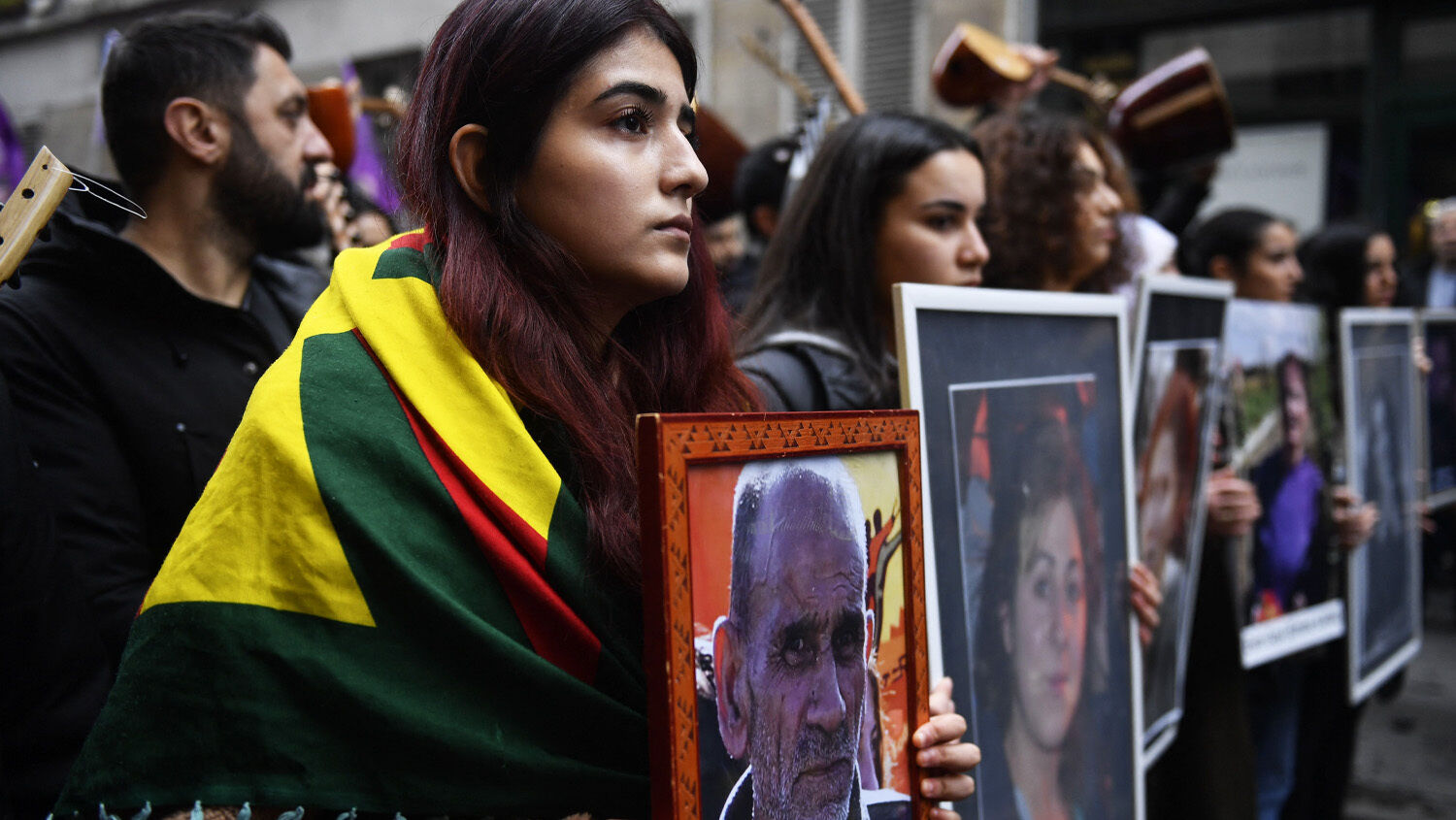
Man With a ‘Pathological’ Hatred of Migrants Kills Three in Paris
A 69-year-old man with a “pathological” hatred of foreigners killed three people and wounded another three in a shooting outside a Kurdish cultural center in Paris on December 23. Speculation is rife about possible involvement of the Turkish regime, though no evidence has yet been released. What is certain, however, is that this tragedy is a continuation of a deadly culture clash that will transform Europe.
All those killed were Kurds, including an activist and a singer. Five of the six victims were citizens of Turkey. In response to the attack, the local Kurdish population staged a protest, which quickly degenerated into violent and destructive riots on December 23 and 24. At least one person was arrested for violence against the police.
Whether or not the suspect, William Malet, acted at the behest of the Turkish regime is still under investigation. The full truth may never be known. If true, the killer’s self-described “pathological” hatred of foreigners would make him an ideal tool for such a task.
A French citizen, Malet told police that he had suffered a home invasion in 2016 and stated that since that time, “I always wanted to assassinate migrants, foreigners.” He acknowledged harboring “a hatred of foreigners that has become pathological.”
In the aftermath of other tragic shootings, the Trumpet has highlighted the fact that there is a spiritual side to such events that is largely ignored. Also largely ignored by media is the toxic environment that formed Malet’s twisted thinking. And one doesn’t have to look far to find it.
Malet lived in the Paris suburb of Seine-Saint-Denis. There, illegal immigrants made up as much as 20 percent of the population in 2018. According to an agency that advises the French government on demographic data, legal immigrants from outside Europe made up 23 percent of Seine-Saint-Denis in 2017. Those 18 years old and younger, having at least one parent who was born outside Europe, made up 44 percent of the neighborhood. In addition to this, unemployment is between 10 to 20 percent in most of Seine-Saint-Denis.
The recent shooting is not the first time Malet displayed violent anti-migrant sentiments. In 2018, he was arrested for attacking a migrant camp with a sword, injuring two men. These illegal makeshift camps are often found in city squares and other locations close to transportation services. The camps are eventually removed by the police, but the migrants are not expelled from the country, only moved to temporary shelters, and new camps inevitably form. On November 17, almost 1,000 migrants were expelled from one such camp in Paris. These camps are hotbeds of drug sales and other crimes, besides the refuse and disease they leave in their wake.
Of course, none of these things justify murder or even the mistreatment of a certain race. They do, however, give a glimpse of the growing frustration shared by many ordinary Europeans.
In 2018, for example, 66 percent of respondents in an ifop poll believed that immigration “plays a negative role in terms of safety.” Statistics support this. In 2021, 7.6 percent of France’s population was composed of legal immigrants, whereas they constituted 24.5 percent of those detained (and 54 percent of those detained immigrants came from African nations or the Maghreb).
Though Malet is only one person who took his views to the extreme, thousands of others are turning against mass migration in less direct ways. This is a change Trumpet editor in chief Gerald Flurry has warned both Europeans and non-Europeans to watch closely because it will have consequences throughout Europe and around the world. In 2018, he wrote:
A trend is unfolding in Europe that you should keep a close watch on. Europeans have been besieged by immigrants from the Middle East, growing Muslim populations within their midst, cityscapes filling with mosques and minarets, portions of their cities turning into Muslim enclaves that local police dare not enter, even Islamic terrorist attacks.
How will Europeans react to this?
History shows that in times of difficulty, Europe has looked to a strong leader. One of the most well-known figures is Charlemagne, whose violent conquests unified Europe under the Catholic religion after his grandfather, Charles Martel, decisively repelled the Muslim invasion in a.d. 732.
Europe is moving in this same direction today. This can be seen in Italy with the election of Giorgia Meloni, who promised action on the migrant crisis and protection of Catholic values. Italy has borne the brunt of the migrant crisis. Now, as a second migration crisis takes shape, similar trends are becoming more visible in other European countries as well.
Revelation 17 prophesies of seven resurrections of the world-ruling Holy Roman Empire, guided by the Catholic church (the symbolism throughout this chapter is explained clearly by our free booklet Who or What Is the Prophetic Beast?). Charlemagne led one of those resurrections. History shows that there have only been six resurrections of the Holy Roman Empire; one more remains, and it is forming today.
The clash of cultures that led to the recent shooting in Paris is a small hint of what is to come. To understand how and why Europe will again look to a strong leader for rescue from the migrant crisis, read A Strong German Leader Is Imminent, by Gerald Flurry.
